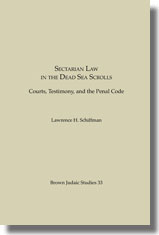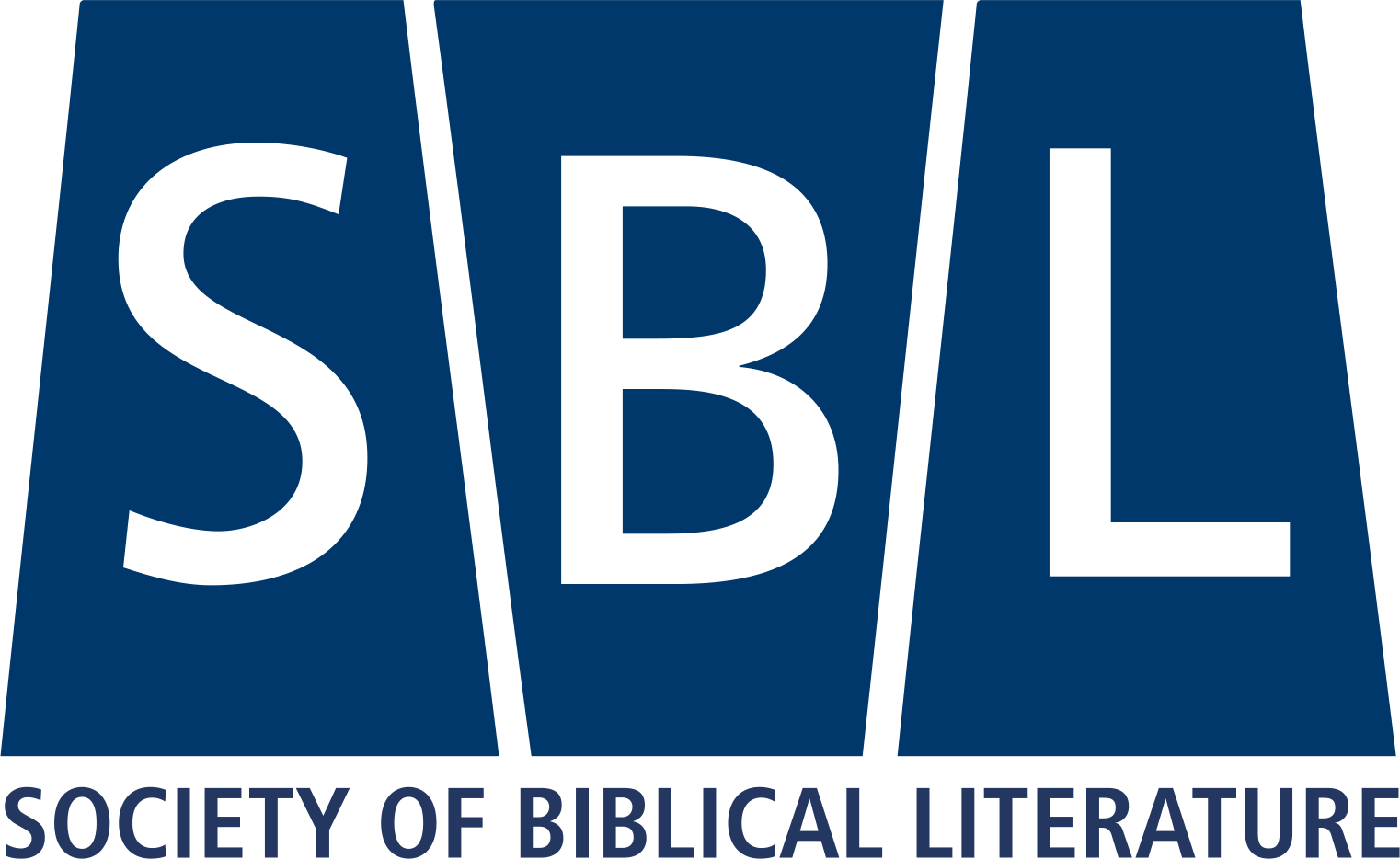
$29.50
“The present volume is … a continuation of the research undertaken in the author’s dissertation (The Halakhah at Qumran [SJLA 16; Leiden: Brill, 1975]) and in several articles. The author summarizes the conclusions that he reached in Halakhah, which are then presupposed as the foundation for this study, especially that ‘the Qumran sect did not have a concept such as the later tannaitic oral Law and that the sect derived all its laws from what they saw as inspired biblical exegesis.’ It was found further that ‘the sectarian material represented a unique system of Jewish law which could not be identified with that of any previously known group of Jews’ (p. xi). … In Sectarian Law, Schiffman again argues that the identification of the Dead Sea sect with the Essenes of Philo, Josephus, and other Greco-Roman sources is an ‘oversimplification.’ Sectarian Law seeks to test the conclusions reached in Halakhah by examining another area of the sectarian legal system. Whereas the former study treated in detail the Sabbath code of the Zadokite Fragments, this volume deals with selected aspects of civil law at Qumran—specifically its courts, court procedure, rules of testimony, and the Penal Code. This volume ‘attempts to learn not only the legal details of the sectarian code, but also how these details relate to the structure and doctrines of the sects thereby clarifying points of sectarian life previously held in dispute by scholars’ (p. xi). In other words, the larger enterprise envisioned here is to learn about the social history of the Qumran community by studying the laws. … This method yields a well-organized presentation. Summaries at the end of each chapter recap the chief findings concerning each topic. The goal of discovering facts about the social history of the sect through its laws has been carried through clearly. From myriad legal details emerges a picture of a community that derived its laws through what it regarded as inspired biblical exegesis, for whom purity and impurity defined the inner and outer limits of life in the present as they would in the messianic age.”
— Maurya P. Horgan, Journal of Biblical Literature
